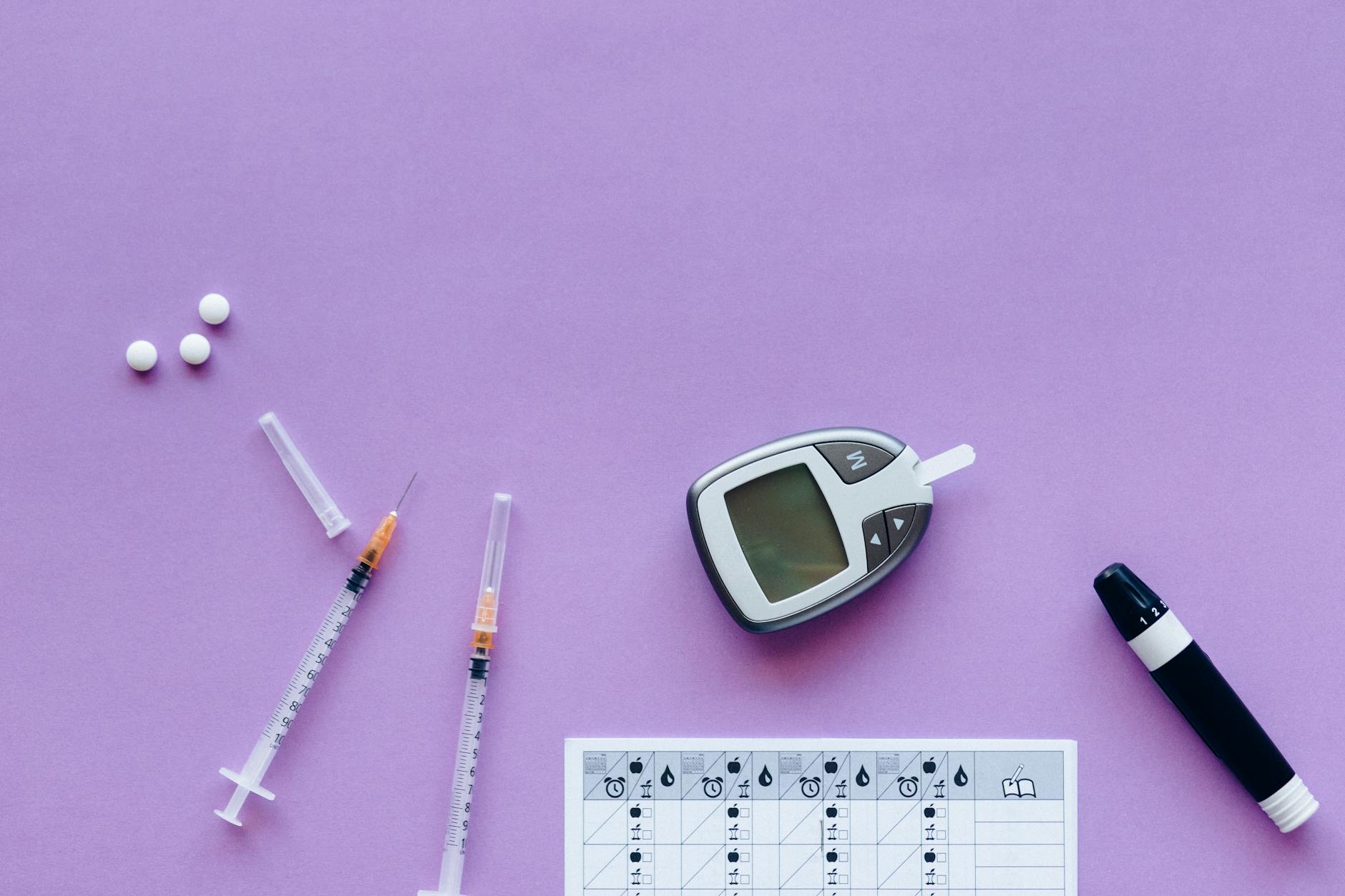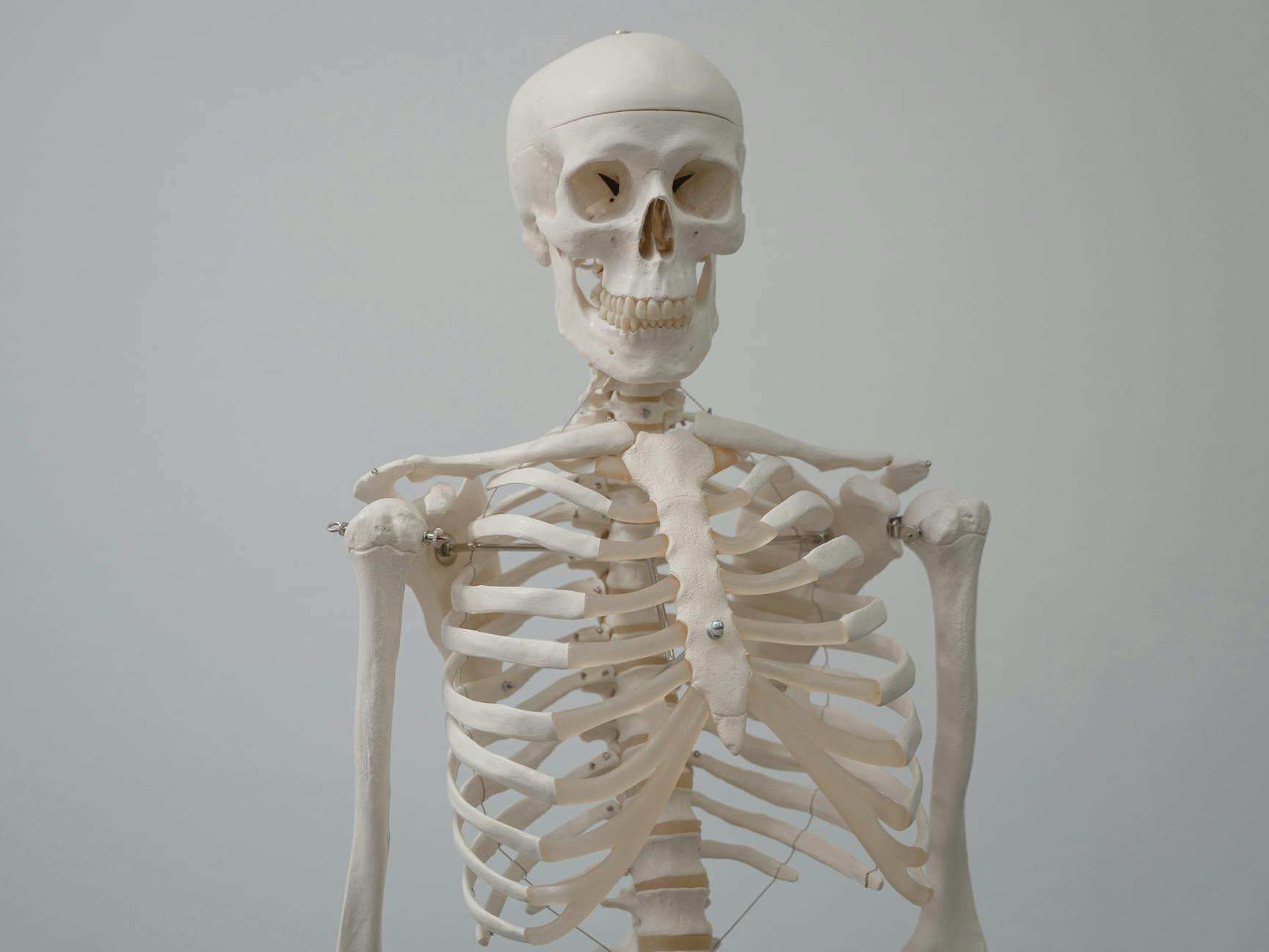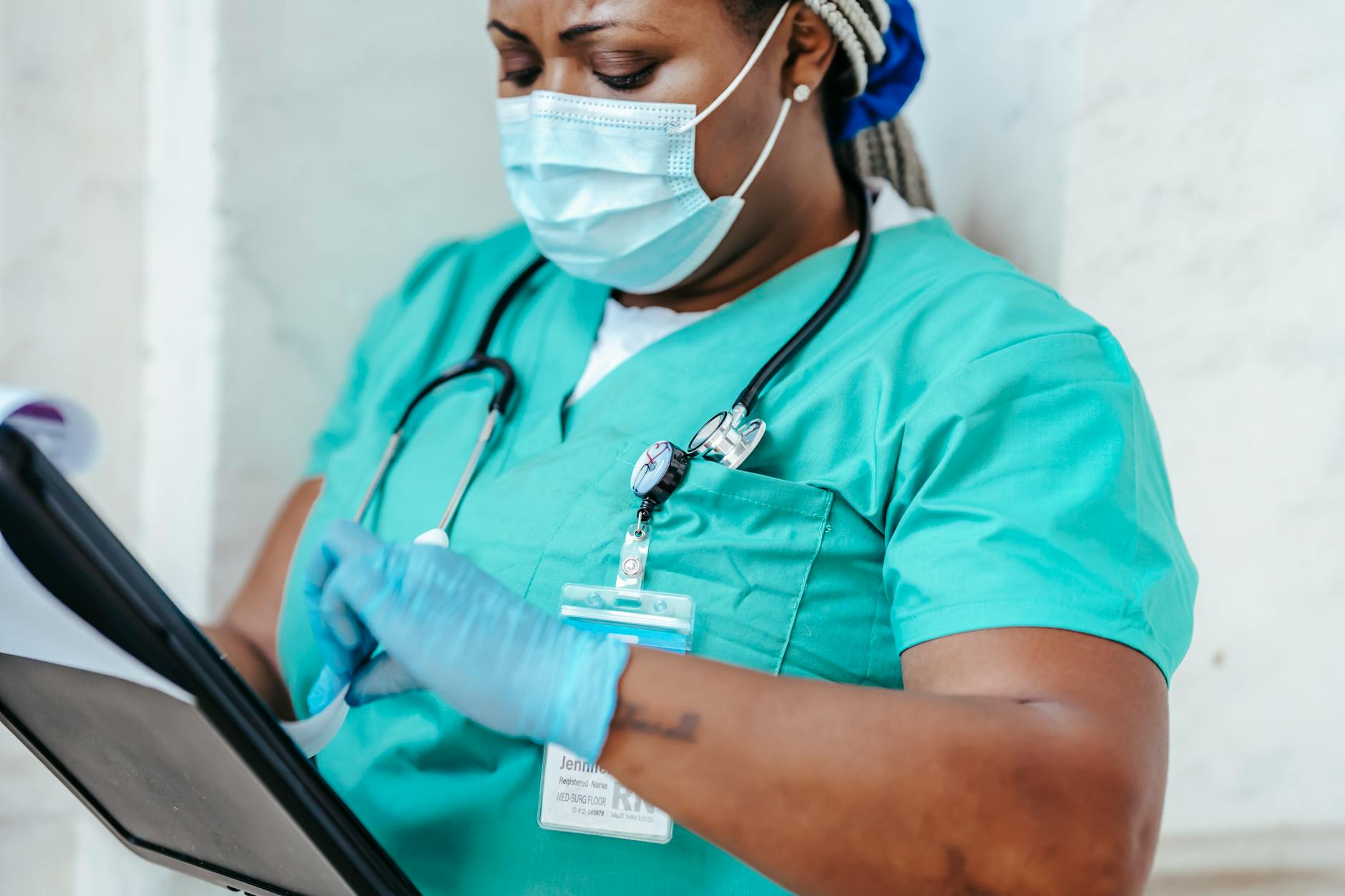Patient positioning is a fundamental aspect of healthcare that significantly impacts patient comfort, safety, and treatment outcomes. Nurses, as frontline caregivers, play a crucial role in ensuring proper patient positioning to optimize care delivery. Effective patient positioning not only enhances comfort but also minimizes the risk of complications such as pressure ulcers and musculoskeletal injuries, ultimately improving overall patient well-being.
In this comprehensive guide and cheat sheet, we will delve into the intricacies of patient positioning, equipping nurses with practical strategies to master this essential skill. From understanding the principles of proper body alignment to exploring specialized positions for specific medical procedures, this resource aims to empower healthcare professionals with the knowledge and tools necessary to provide optimal care.
By addressing the significance of patient positioning in the healthcare setting and emphasizing the critical role of nurses in this process, we aim to elevate standards of care delivery and promote positive patient outcomes. Join us on this educational journey as we explore the art and science of
Patient Positioning in nursing practice.
What is Patient Positioning?
Patient positioning in healthcare refers to the strategic placement of a patient's body to facilitate optimal medical care delivery and enhance their comfort and safety during procedures. It involves adjusting a patient's posture to support specific treatment needs effectively. Proper patient positioning is crucial in various medical settings, including hospitals, clinics, and long-term care facilities.
Goals of Patient Positioning
The primary objectives of patient positioning are multi-faceted. Firstly, it aims to promote patient comfort by ensuring they are placed in positions that reduce discomfort and minimize pressure points. Maintaining proper body alignment is essential to prevent musculoskeletal strain, skin breakdown, and nerve compression. Additionally, correct positioning helps prevent complications such as pressure ulcers, respiratory issues, and circulation problems. Moreover, positioning plays a vital role in enhancing the effectiveness of medical interventions like surgeries, diagnostic procedures, and therapeutic treatments.
Guidelines for Patient Positioning
Nurses play a vital role in ensuring proper patient positioning by following specific guidelines. Effective communication with patients is key to understanding their comfort levels and any mobility limitations. Individual patient needs should be assessed to determine the most suitable positioning that aligns with their medical condition. Nurses should use appropriate equipment like supportive pillows, wedges, and restraints to maintain the desired position safely. Implementing safety measures, such as securing bed rails and ensuring the patient is stable, is crucial to prevent falls and injuries during repositioning.

Photo by
SHVETS production
Common Patient Positions
Patient positioning is a crucial aspect of nursing care that ensures patients are comfortable, safe, and receive effective treatment. Understanding common patient positions is essential for healthcare providers to optimize patient care. Let's delve into various patient positions and their significance in healthcare settings.
Supine or Dorsal Recumbent Position
The supine position, also known as the dorsal recumbent position, involves the patient lying flat on their back with arms by their sides. This position facilitates easy access to the front of the body, making it suitable for examinations, interventions, and procedures where patient immobilization is required. It is commonly used in surgeries, physical assessments, and wound care to provide stability and comfort to the patient.
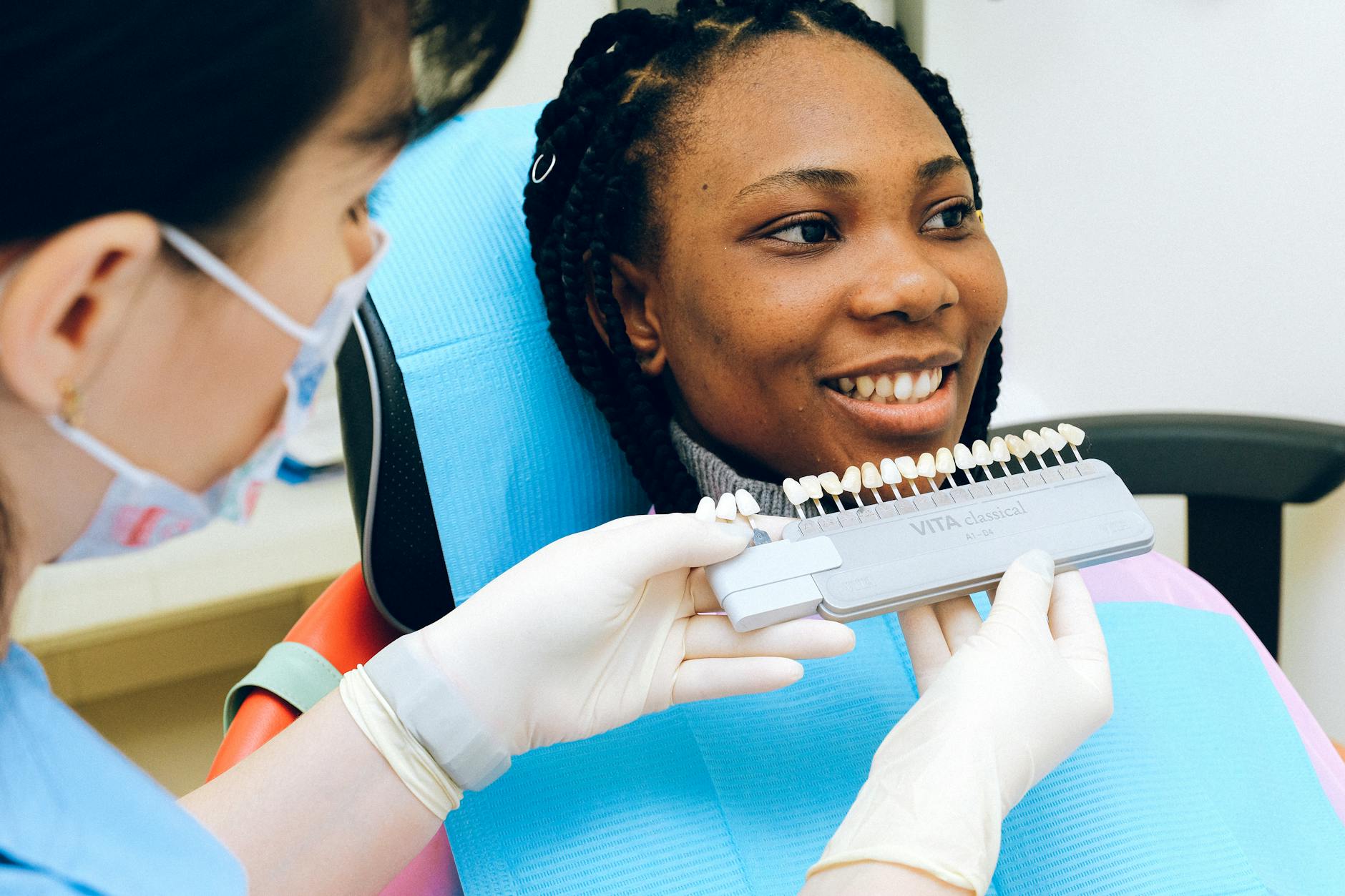
Photo by
Anna Shvets
Fowler’s Position
Fowler's position involves the patient sitting up at a 45-90 degree angle, with variations such as low, semi, and high Fowler's positions. This position aids in respiratory function, especially in patients with breathing difficulties, by expanding lung capacity and promoting oxygenation. It is beneficial for patients with cardiovascular conditions or those who require improved airway clearance.
Orthopneic or Tripod Position
The orthopneic position, also known as the tripod position, is when a patient sits upright leaning slightly forward, often supported by hands on the knees or a surface. This position helps alleviate respiratory distress by maximizing chest expansion, facilitating breathing, and enhancing oxygen intake. It is commonly used in patients with chronic obstructive pulmonary disease (COPD) or heart failure to ease breathing efforts.
Prone Position
In the prone position, the patient lies flat on their stomach with arms positioned comfortably. This position is beneficial for patients undergoing back procedures, as it helps reduce pressure on the spine and promotes spinal alignment. It is also used in critical care settings to improve oxygenation in patients with acute respiratory distress syndrome (ARDS) or those requiring prolonged ventilation.
Lateral Position
The lateral position involves the patient lying on either side with knees slightly bent. This position is preferred for patients undergoing hip surgeries, as it reduces pressure on the hip joint and prevents hip dislocation post-surgery. It is also used for patients at risk of pressure ulcers on the back or sacrum, providing relief and promoting circulation to vulnerable areas.
Sims’ Position
Sims' position is a side-lying position where the patient lies on their left side, with the right knee flexed and the left arm extended behind the body. This position is commonly used for rectal examinations, enemas, and administering medications rectally. Sims' position allows healthcare providers easy access to the rectal area and ensures patient comfort during procedures.
Lithotomy Position
The lithotomy position involves the patient lying on their back with hips and knees flexed and legs supported in stirrups. This position is essential for gynecological and urological procedures, providing optimal access to the genital and perineal areas. Healthcare providers must take precautions to prevent nerve compression, circulatory issues, and ensure patient comfort and safety during procedures.
Trendelenburg’s Position
The Trendelenburg's position is when the patient's head is lower than their feet on an inclined surface. This position helps improve venous return and cardiac output in patients with hypotension or shock. It is used in surgical procedures requiring enhanced visualization of abdominal organs or in emergency situations to stabilize blood pressure and circulation.
Reverse Trendelenburg’s Position
In the reverse Trendelenburg's position, the patient's head is elevated higher than their feet. This position is beneficial for patients undergoing neurological procedures, as it reduces intracranial pressure and promotes cerebral perfusion. It is also used in patients with gastric reflux to prevent regurgitation and aspiration during procedures or surgeries.
Knee-Chest Position
The knee-chest position involves the patient kneeling on the bed with buttocks elevated, head turned to one side, and chest resting on the bed. This position is utilized in certain gastrointestinal or rectal procedures to promote intra-abdominal pressure and aid in relieving gas or distension. It provides optimal access to the rectal area for examinations or interventions.
Jackknife Position
The jackknife position is when the patient is positioned face-down with hips elevated and knees bent. This position is commonly used in surgeries such as anal or rectal procedures, as it provides better visualization and access to the surgical site. Healthcare providers must ensure proper padding and support to prevent pressure injuries and maintain patient comfort during prolonged procedures.
Kidney Position
The kidney position involves the patient lying on their side with the uppermost knee flexed and supported by pillows. This position is crucial for renal procedures like kidney biopsies, where precise access to the kidney is required. The kidney position allows healthcare providers to target specific renal structures accurately while ensuring patient comfort and stability during the procedure.
Support Devices for Patient Positioning
Ensuring patient comfort and safety during medical procedures is paramount. Support devices play a crucial role in maintaining proper patient positioning, aiding in better treatment outcomes and preventing complications. Let's delve into the various support devices commonly used by nurses for effective patient positioning.
Positioning Pillows
Positioning pillows are versatile devices designed to provide support and maintain proper alignment of body parts during patient positioning. These pillows come in different shapes and sizes, allowing nurses to customize the support based on individual patient needs. From elevating limbs to supporting the back or neck, positioning pillows are essential tools in ensuring patient comfort and stability.

Photo by
SHVETS production
Slide Sheets
Slide sheets are slippery, low-friction sheets that assist in moving patients safely and efficiently while maintaining proper body alignment. These sheets reduce the risk of friction-related skin injuries and make it easier for nurses to reposition patients without straining themselves. By using slide sheets, nurses can minimize the physical exertion required for patient transfers and ensure gentle handling of patients.
Wedges and Blocks
Wedges and blocks are angled support devices that help elevate specific body parts to achieve optimal positioning. These devices are particularly useful for maintaining the correct alignment of the head, torso, or limbs during medical procedures or while patients are in bed. Wedges and blocks come in various sizes and materials, allowing nurses to select the most appropriate option for each patient's unique positioning requirements.
Positioning Straps
Positioning straps are adjustable straps or belts used to secure patients in a particular position during medical interventions or procedures. These straps provide additional support and prevent patients from sliding or shifting during treatments. By using positioning straps correctly, nurses can ensure the safety and stability of patients while maintaining the desired body alignment.
Overhead Trapeze Bars
Overhead trapeze bars are support devices attached to the bed frame, allowing patients to adjust their position independently with minimal assistance. These bars provide patients with a means to reposition themselves comfortably, enhancing their sense of autonomy and improving overall comfort during extended bed rest. Overhead trapeze bars are especially helpful for patients with limited mobility or those recovering from surgery.
Support devices are indispensable tools for nurses involved in patient positioning, helping them provide optimal care and support for patients undergoing medical treatments. By utilizing positioning pillows, slide sheets, wedges, positioning straps, and overhead trapeze bars effectively, nurses can enhance patient comfort, prevent complications, and ensure safe and successful healthcare interventions.
Documenting Patient Positioning
Proper documentation of patient positioning is crucial in healthcare settings to ensure clarity, consistency, and the delivery of high-quality care. Through accurate documentation, healthcare professionals can effectively communicate the patient's position to other team members and track changes in positioning over time.
Importance of Documentation
Documentation of patient positioning serves as a legal record that details the patient's posture, the type of support devices used, any associated symptoms, and the rationale behind the chosen position. It facilitates continuity of care, aids in monitoring the patient's response to positioning, and provides valuable information for future reference.
Elements to Include
When documenting patient positioning, it is essential to record the specific position the patient is placed in, any support devices or aids utilized, the time the position was initiated, and any adjustments made during the course of care. Additionally, noting the patient's comfort level, skin integrity assessments, and any complications observed is crucial for comprehensive documentation.
Ensuring Accuracy
Healthcare providers should document patient positioning in real-time or shortly after repositioning the patient to ensure accuracy and prevent errors. Using standardized terminology and clear, concise language in documentation can enhance communication and promote consistency in positioning practices within healthcare facilities.
 Photo by Andrea Piacquadio
Photo by Andrea Piacquadio
Cheat Sheet for Patient Positions
When it comes to patient care, having a cheat sheet for patient positions can be a valuable resource for nurses. This quick reference guide provides essential information on the various positions patients may need to be placed in for medical procedures, comfort, or recovery. By familiarizing yourself with these common patient positions, you can ensure proper care and comfort for patients under your supervision.
Supine or Dorsal Recumbent Position
The supine position, also known as the dorsal recumbent position, involves the patient lying flat on their back. This position is commonly used for various examinations and procedures, as it allows easy access to the front of the body.

Photo by
RDNE Stock project
Fowler’s Position
Fowler's position is when a patient is sitting up at a 45- to 60-degree angle. This position is beneficial for patients with respiratory issues as it maximizes lung expansion and oxygenation.
Orthopneic or Tripod Position
The orthopneic or tripod position involves the patient sitting upright, leaning forward with arms supported on an overbed table. This position is often helpful for patients experiencing difficulty breathing.
Prone Position
In the prone position, the patient lies flat on their stomach with their head turned to one side. This position is sometimes used to improve oxygenation in patients with certain respiratory conditions.
Lateral Position
The lateral position, also known as the side-lying position, involves the patient lying on one side with their knees slightly bent. This position helps prevent pressure ulcers and provides comfort for patients who cannot lie on their back.
Sims’ Position
Sims' position is when a patient lies on their side with the upper knee flexed and raised towards the chest. This position is commonly used for rectal examinations and enemas.
Lithotomy Position
The lithotomy position is when the patient lies on their back with their legs flexed and supported in stirrups. This position is often used for gynecological exams and procedures.
Trendelenburg’s Position
In the Trendelenburg position, the patient's head is lower than their feet. This position is sometimes used in surgical procedures to improve visibility and access to certain areas of the body.
Reverse Trendelenburg’s Position
Conversely, the reverse Trendelenburg position involves the patient's head being higher than their feet. This position can help prevent aspiration during surgeries and promote venous return.
Knee-Chest Position
The knee-chest position is when the patient kneels with their chest resting on the bed and their buttocks elevated. This position is used for certain gastrointestinal and rectal procedures.
Jackknife Position
The jackknife position is where the patient is positioned with their head lower than their feet and their body bent at the hips. This position is often used for procedures involving the lower back and rectal areas.
Kidney Position
The kidney position is a semi-prone position where the patient lies on their side with the uppermost leg flexed. This position is helpful for draining the kidney region.
Support Devices for Patient Positioning
When placing patients in different positions, it's essential to use support devices like pillows, wedges, and padding to ensure comfort and proper alignment.
Documenting Patient Positioning
Documenting patient positioning is crucial for continuity of care and communication among healthcare providers. Make sure to accurately record the positions used, any devices used for support, and the patient's response to the position.
Cheat Sheet for Patient Positions
A cheat sheet for patient positions can be a handy tool to have on hand. It can include diagrams or descriptions of common positions, their indications, and contraindications. Having this reference can save time and ensure consistency in patient care practices.
Remember, proper patient positioning is vital for promoting comfort, preventing complications, and ensuring effective healthcare delivery. By understanding and utilizing different patient positions appropriately, nurses can enhance the quality of care provided to patients in various healthcare settings.
[Reference Section will be included in the complete article]
References and Sources
In any healthcare setting, accurate references and reliable sources are crucial for ensuring best practices in patient care. Nurses rely heavily on evidence-based information to make informed decisions and provide optimal care to patients. Here we discuss the importance of references and sources in patient positioning.
Credible Sources for Patient Positioning
When positioning patients, it is vital to consult reputable sources such as medical journals, textbooks, and clinical practice guidelines. These sources offer evidence-based recommendations on the safest and most effective patient positions for different medical conditions. Additionally, peer-reviewed articles and official healthcare websites can provide valuable insights into the latest advancements in patient positioning techniques.
Professional Guidelines and Protocols
Following established guidelines and protocols is essential for maintaining consistency and quality in patient positioning practices. Organizations like the American Nurses Association (ANA) and the National Association of Orthopaedic Nurses (NAON) often publish position statements and best practice recommendations for nurses to follow. By adhering to these professional guidelines, nurses can ensure standardized care and promote patient safety.
Continuing Education and Research
Continuing education plays a significant role in keeping nurses updated on the latest trends and developments in patient positioning. Attending seminars, workshops, and webinars on positioning techniques can enhance nurses' skills and knowledge in this area. Furthermore, engaging in nursing research projects related to patient positioning can contribute to the advancement of evidence-based practices in healthcare.
Collaboration with Multidisciplinary Team
Effective patient positioning requires collaboration with a multidisciplinary team, including physicians, physical therapists, and occupational therapists. Consulting with various healthcare professionals allows nurses to gather diverse perspectives and insights on the most suitable positioning strategies for individual patients. By working together, the team can develop comprehensive care plans that prioritize patient comfort and safety.

Photo by
cottonbro studio
Conclusion
Proper patient positioning is a fundamental aspect of
Nursing Practice that significantly impacts patient outcomes and healthcare delivery. From preventing pressure ulcers to ensuring adequate ventilation, the correct positioning of patients is crucial for their overall well-being. Nurses play a vital role in ensuring that patients are safely and comfortably positioned, promoting optimal health and recovery. By following the guidelines and using the cheat sheet provided in this comprehensive guide, nurses can enhance the quality of care they provide and contribute to positive patient experiences. Mastering the art of patient positioning is not just a skill but a responsibility that nurses must prioritize to deliver exceptional patient-centered care.




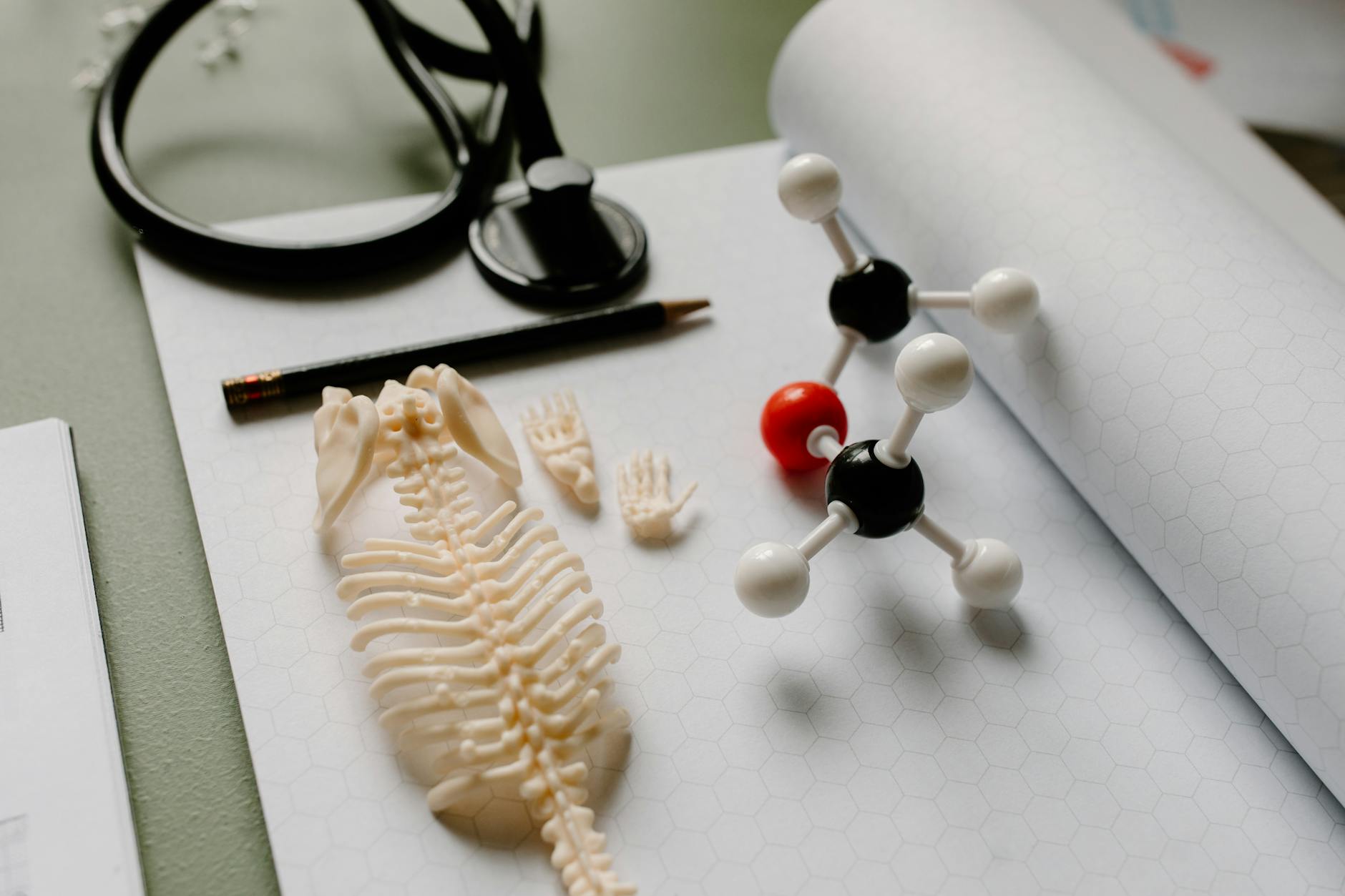








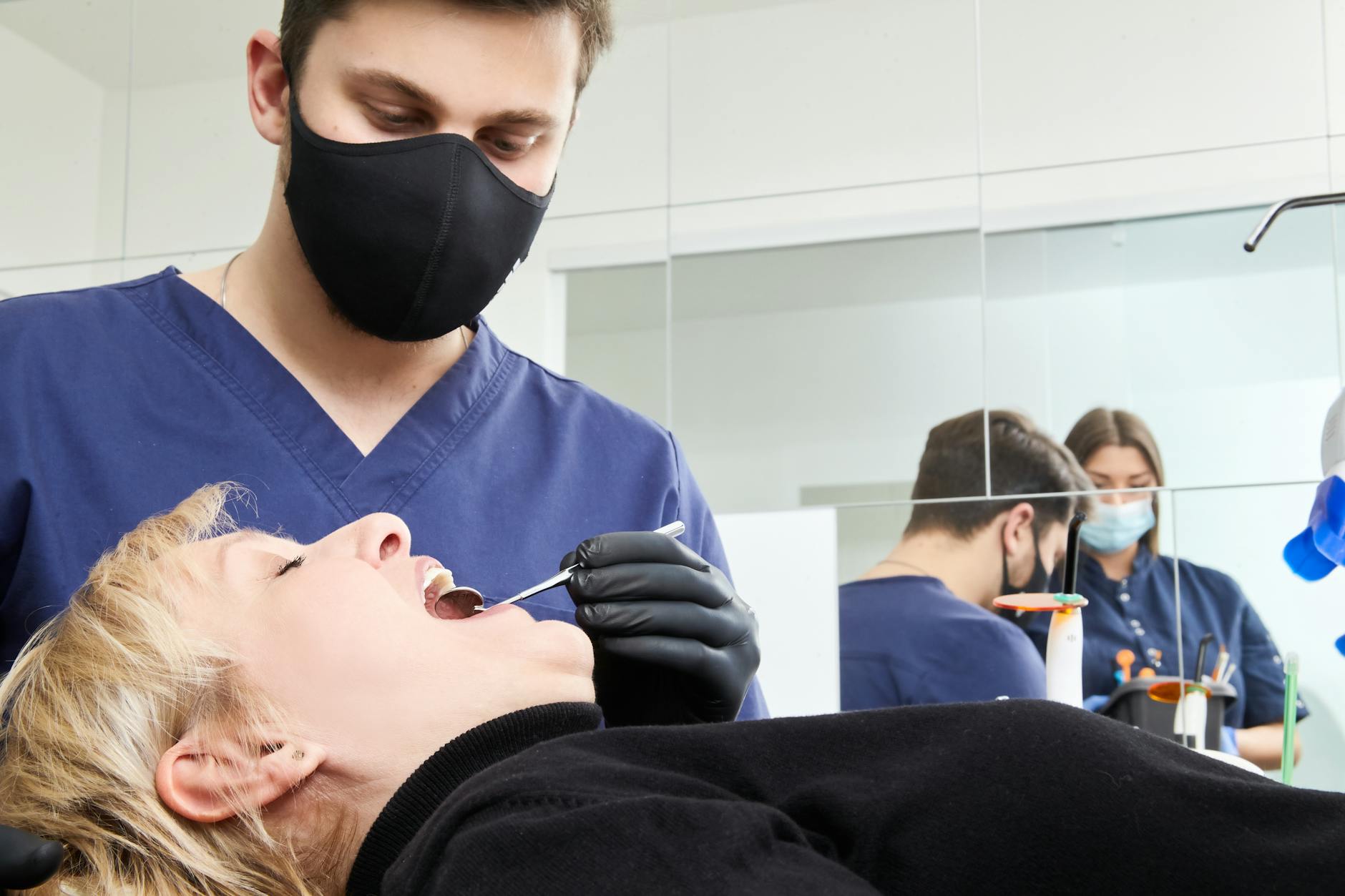






 Nurses Week celebrations often include ceremonies where outstanding nurses are recognized for their exceptional service. Hospitals, healthcare facilities, and nursing organizations host award ceremonies, luncheons, and appreciation events to honor the dedication and compassion of nurses.
Nurses Week celebrations often include ceremonies where outstanding nurses are recognized for their exceptional service. Hospitals, healthcare facilities, and nursing organizations host award ceremonies, luncheons, and appreciation events to honor the dedication and compassion of nurses.

 Nurses Week activities often include educational workshops where nurses can enhance their skills, knowledge, and expertise. These workshops cover a wide range of topics from the latest healthcare technologies to advanced patient care practices.
Nurses Week activities often include educational workshops where nurses can enhance their skills, knowledge, and expertise. These workshops cover a wide range of topics from the latest healthcare technologies to advanced patient care practices.



 Photo by
Photo by  Photo by
Photo by  Photo by
Photo by  Photo by
Photo by  Photo by
Photo by  Photo by
Photo by  Photo by
Photo by 
 Photo by
Photo by  Photo by
Photo by 
 Photo by
Photo by  Photo by
Photo by  Photo by
Photo by  Photo by
Photo by 
 Photo by
Photo by  Photo by
Photo by  Photo by
Photo by  Photo by
Photo by  Photo by
Photo by  Photo by
Photo by 
 Photo by
Photo by  Photo by
Photo by 